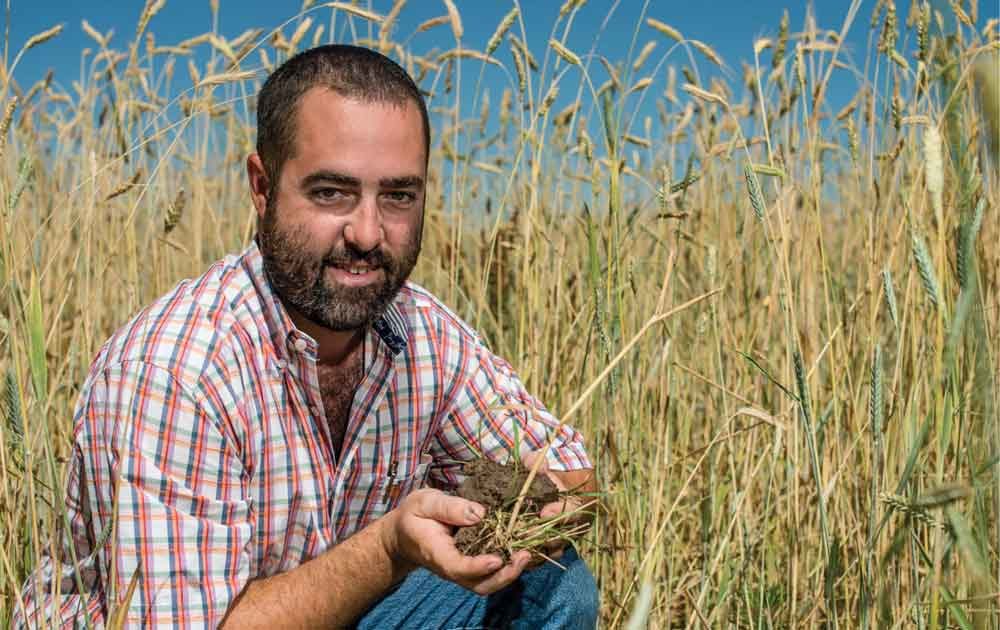No-Till Farmer
Get full access NOW to the most comprehensive, powerful and easy-to-use online resource for no-tillage practices. Just one good idea will pay for your subscription hundreds of times over.

FOR BRIAN MARTIN, it’s not hard to see that having a no-till system keeps soil in place on his farm’s sloping terrain. But Martin also has a thirst for looking beyond the anecdotes for data that spells out what practices benefit the bottom line.
This spring Martin will be in his fourth year of trials with the Soil Health Partnership to measure the impact of conservation practices on a portion of his farm. He’s also doing some of his own number crunching to decipher the best way to spend his conservation dollars.
No-till practices have definitely been a success in building soil health and improving soil structure in his claypan soils, while cover crops are keeping erosion in check on his sloping fields and providing crucial feed value. But he’s still crunching the numbers.
“I think the jury is still out on whether or not cover crops are helping with our flatter fields,” he says. “I’m not going to sacrifice the chemistry program to allow a cover crop to thrive. A lot of these herbicides have enough carryover that I could no-till the cover crop behind the cash crop and it’s not going to germinate because I’ve got that kind of residual control.”